Swimming Goggles
Swimming goggles are essential equipment for swimmers of all levels, designed to protect the eyes, enhance visibility underwater, and improve performance. In this comprehensive description, we will explore the purpose, design features, materials, types, fitting considerations, maintenance tips, and technological advancements associated with swimming goggles.
Purpose and Importance
Swimming goggles serve multiple purposes crucial for both recreational and competitive swimmers:
- Eye Protection: Goggles create a barrier that protects the eyes from chlorine, saltwater, and other irritants present in pool or open water environments. They also shield against debris and particles that could cause discomfort or injury.
- Improved Vision: By creating an air-tight seal around the eyes, goggles minimize distortion and enhance underwater visibility. This is particularly beneficial for swimmers who rely on clear vision for training, racing, or recreational activities.
- Comfort and Performance: Properly fitted goggles reduce drag in the water, which can improve swimming efficiency and performance by allowing swimmers to focus on technique without discomfort.
Design Features
Modern swimming goggles incorporate several design elements to maximize comfort, functionality, and performance:
- Lens Materials: Goggle lenses are typically made from polycarbonate or similar materials that are shatterproof, scratch-resistant, and provide UV protection for outdoor swimming.
- Seal Design: The seal around the lenses is usually made from silicone or thermoplastic rubber (TPR), which conforms to facial contours to create a water-tight seal without causing discomfort.
- Strap: Adjustable straps made from silicone or latex allow swimmers to customize the fit for comfort and security. Some goggles feature quick-adjust buckles or clips for easy strap adjustments.
- Anti-Fog Coating: Many goggles are treated with anti-fog coatings on the inside of the lenses to prevent condensation and maintain clear vision underwater.
- Frame Design: Goggle frames come in various shapes and sizes to accommodate different face shapes and provide a comfortable fit that minimizes leakage.
Materials
The materials used in swimming goggles are chosen for their durability, comfort, and performance:
- Lenses: Polycarbonate is commonly used for its impact resistance and optical clarity. It is lightweight and offers UV protection, making it suitable for both indoor and outdoor swimming.
- Seal: Silicone and TPR (thermoplastic rubber) are preferred for their softness, flexibility, and ability to create a reliable seal without causing skin irritation.
- Straps: Silicone and latex are popular choices for goggle straps due to their elasticity, durability, and resistance to degradation from chlorine and saltwater exposure.
Types of Swimming Goggles
Swimming goggles are available in various types to suit different preferences and swimming conditions:
- Competition Goggles: Sleek and hydrodynamic, designed for competitive swimmers seeking minimal drag and maximum performance.
- Recreational Goggles: More versatile and comfortable, suitable for casual swimmers and fitness enthusiasts who prioritize comfort and ease of use.
- Open Water Goggles: Typically larger with wider lenses to provide a broader field of vision, ideal for open water swimming where visibility is crucial.
- Prescription Goggles: Designed with corrective lenses to accommodate swimmers with vision impairments, offering clarity underwater without the need for contact lenses.
Fitting Considerations
Achieving a proper fit is essential for comfort and performance when wearing swimming goggles:
- Seal: The goggle seal should fit snugly around the eye sockets without causing discomfort or leaving marks. A good seal prevents water from leaking into the goggles.
- Strap Adjustment: Adjust the strap to ensure a secure fit around the head without excessive tension. The strap should sit comfortably and evenly distribute pressure.
- Bridge Fit: Check the fit of the goggle bridge (nose piece) to ensure it rests comfortably on the nose without pinching or slipping.
- Lens Coverage: Ensure the lenses provide adequate coverage without obstructing peripheral vision, especially for competitive swimmers who need to maintain awareness of competitors.
Maintenance Tips
Proper maintenance enhances the longevity and performance of swimming goggles:
- Rinse After Use: Rinse goggles thoroughly with fresh water after each use to remove chlorine, salt, or debris that could degrade materials.
- Air Dry: Allow goggles to air dry completely before storing them in a protective case to prevent mold or mildew growth.
- Avoid Touching Lenses: Handle goggles by the straps to avoid smudging or scratching the lenses, which can impair visibility.
- Store Properly: Store goggles in a cool, dry place away from direct sunlight to preserve lens clarity and prevent deterioration of strap materials.
Technological Advancements
Recent advancements in goggle technology continue to improve comfort, performance, and durability:
- Advanced Anti-Fog Coatings: Enhanced anti-fog treatments provide longer-lasting clarity underwater, even during extended swims.
- Hydrodynamic Designs: Goggles are engineered with sleek profiles and reduced drag features to optimize speed and performance in competitive swimming.
- Customization Options: Some manufacturers offer customizable options for strap colors, lens tints, and prescription lenses to meet individual preferences and needs.
Conclusion
Swimming goggles are indispensable accessories for swimmers of all skill levels, offering essential eye protection, improved visibility underwater, and enhanced comfort and performance. Their design, materials, types, fitting considerations, maintenance tips, and technological advancements collectively contribute to a safer, more enjoyable swimming experience. By selecting goggles that fit well and suit specific swimming conditions, swimmers can maximize their performance and focus on achieving their swimming goals with confidence.












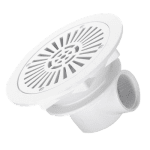






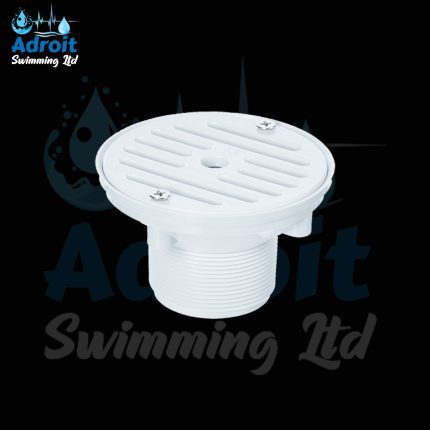
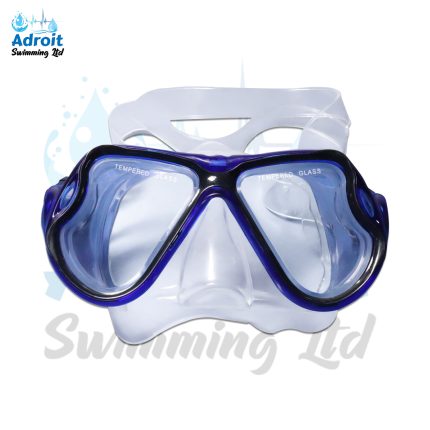

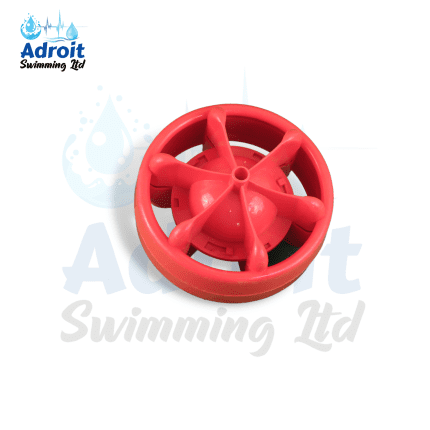




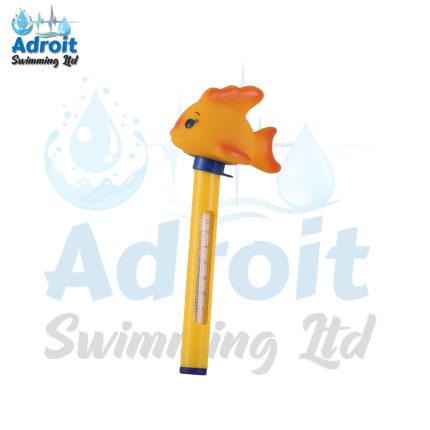
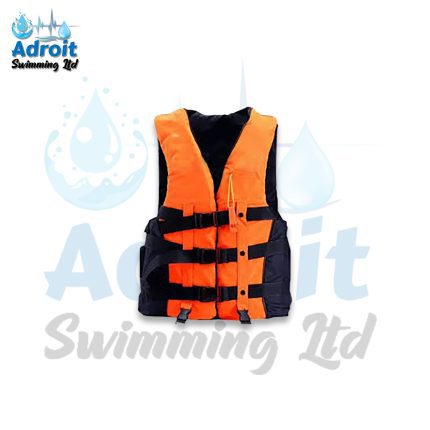
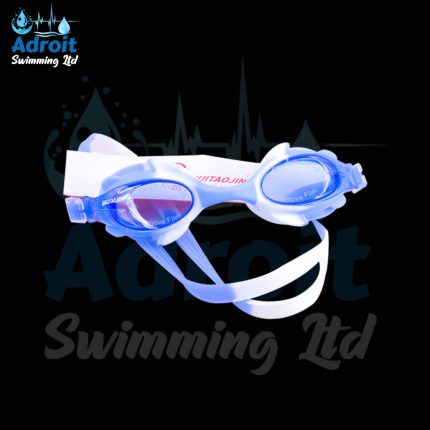
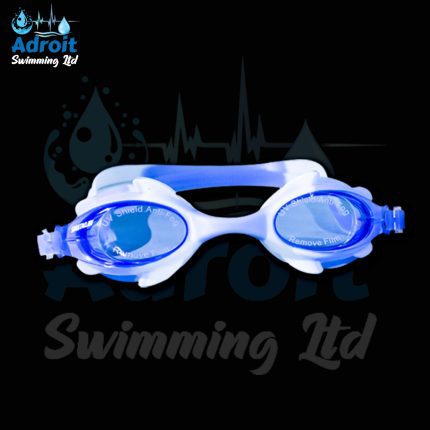
Reviews
There are no reviews yet.